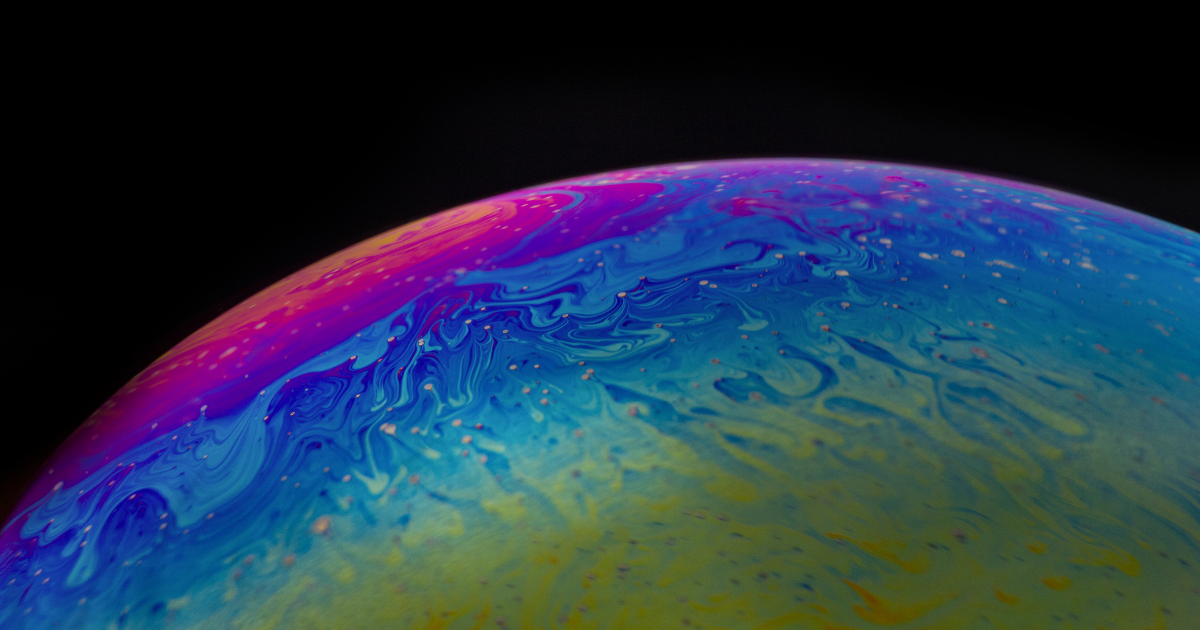There is a trickle-down effect when it comes to video display wall technology, where ambitious concepts, ideas and technological innovations will eventually be seen in the types of digital advertising displays and LED screens we interact with every day.
The first high definition (by modern definitions) broadcast was in 1984, nearly two decades before HD displays were ubiquitous, whilst JumboTron screens appeared in Times Square years before large displays were a common sight in and around conventional retail establishments.
This means that any major achievement in the digital display space is not only impressive for its own sake but what it means for the rest of the industry, and in both cases, there is so much to be awestruck about when it comes to the Las Vegas Sphere.
After five years of construction at a cost of over £1.7bn, the entertainment arena has broken records both inside and outside the complex, including having the world’s largest internal and external screens and being the world’s largest spherical building.
Beyond that, however, it has literally changed the shape of video display technology, with implications for the rest of the digital advertising sector as we know it.
A Sharper Image
The first and most striking evolution is that it is the highest resolution LED screen in the world, with a 16K resolution, four times the level of detail of most displays used today and twice the detail of even the sharpest cinema screens which tend to have an 8K resolution.
This aspect is the most obvious, most expensive and likely to be the technology that is the furthest distance away from use outside of massive spectacles such as the Sphere.
Given that 8K is not the standard for displays as yet, and the computing power needed to reliably show 8K images is not in the hands of every retailer or building manager yet, it stands as a shining beacon of what is possible far into the future.
Adaptable Marketing Images
Beyond the number of pixels, there is also the aspect ratio to consider as well. Whilst the standard for large-scale displays has been a 16:9 or 16:10 widescreen aspect ratio (which would have been 16000 x 9000), instead it has a 1:1 aspect ratio, or 16000 x 16000 pixels.
This not only means a sharper image but a lot of versatility in what kind of advertisements, films and videos can be displayed on both the internal and external displays.
With advertising not confined to either portrait, landscape or square images, this means that the future of marketing may revolve around extremely high-fidelity screens that are versatile with the kinds of images they show.
Changing The Shape
Of course, the Sphere is not a square display in practice but a huge wraparound sphere, and this part of the design is one of the most fascinating when it comes to potential future marketing opportunities.
There have been countless astonishing displays of what the wraparound visuals can do and how they can create head-turning moments, but it has already been used as a huge piece of event marketing similar in scope to being displayed on a Times Square billboard.
At present, it has primarily been used by huge technology companies and major sports organisations in no small part due to the high initial cost of not only buying advertising space but designing an advert that fits the unusual spherical shape.
That is not to say more conventional marketing for more conventional products is not possible. Nabisco promoted their Oreo brand of biscuits on the Sphere and the result was striking but did not necessarily require too much additional consideration on the part of the video editors and marketing department than a large billboard.
However, the sheer appeal of an unusually shaped advertisement could have a ripple effect across the entire industry, as the demonstration of the possibility of curved wraparound LED displays will encourage designers to make content that can work on as many different kinds of displays.
Whilst there have been attempts to make circular displays before and curved screens were at one point quite popular with early adopters, the ambition, scale and popularity of the Sphere may lead to similar 360 advertising displays in the future.
This has the potential to be an exciting time for AV experts, event managers and marketers, as whilst these technologies will take a while to be ubiquitous, the journey may have already
started in that regard, although where it will take the entire industry is as-yet unknown.

